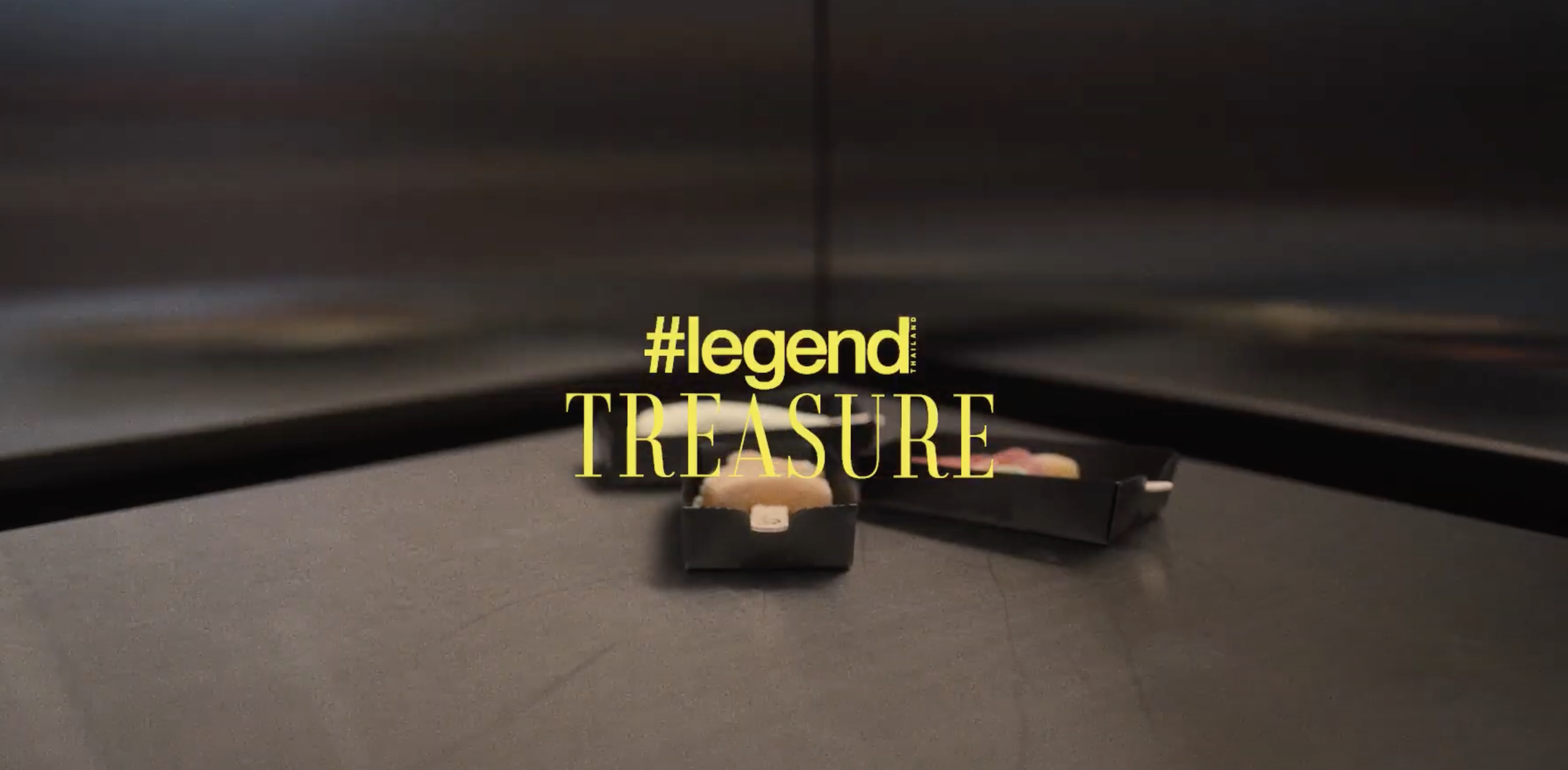Transforming fashion with game-changing materials
Author: Pimpichaya Chaikittiporn | Photographer: Courtesy of brands
Jan 09, 2025
"...At this day and age, the fashion industry is entering an era where sustainability and innovation take centre stage. The development of new materials that benefit both the environment and practicality is transforming the sector. This includes bio-based materials, recycled resources, smart fabrics, and advanced technologies such as 3D printing and nanotechnology. These advancements not only cater to environmentally conscious consumers but also reflect the commitment of fashion brands to reduce their environmental impact and shape a better future for the industry..."
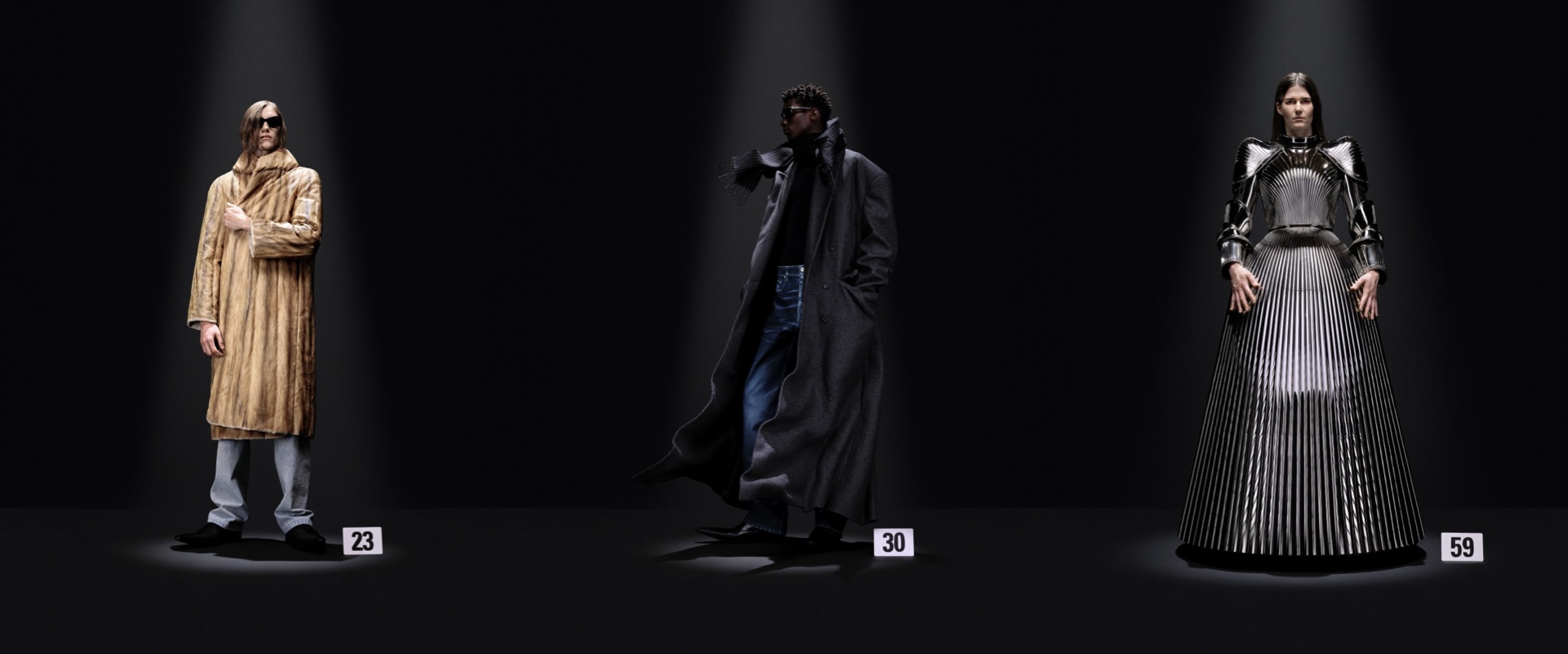
Plant-based and bio-materials are revolutionising fashion. For instance, Piñatex, a pineapple leather made from pineapple leaf fibres, offers a sustainable alternative to traditional leather. Lightweight and durable, it is ideal for creating bags, shoes, and clothing. Mycelium leather, developed by companies like MycoWorks and Bolt Threads, is gaining traction for its ability to mimic the texture and feel of natural leather. Seaweed-based materials also show great potential due to their biodegradability and contribution to reducing ocean pollution. Recycling and upcycling are other significant trends promoting sustainability in fashion. Recycled polyester and nylon, made from plastic waste and discarded fishing nets, are increasingly popular among leading brands like Patagonia and Prada for their eco-friendly collections. Moreover, upcycling old garments or leftover materials to create new fashion pieces not only minimises waste but also introduces unique designs.


Smart materials mark another major leap in fashion innovation. Conductive fabrics enable wearers to interact with digital devices through clothing, while self-repairing materials can fix scratches or tears. Temperature-regulating fabrics, using phase-change materials (PCMs), adjust heat based on weather conditions. These technologies enhance garment functionality and daily comfort. In the realm of sustainable leather alternatives, lab-grown leather, developed using biotechnology to produce collagen, closely resembles natural leather without relying on animal farming. Apple leather, made from apple waste, is also gaining popularity for its sustainability and resemblance to traditional leather.
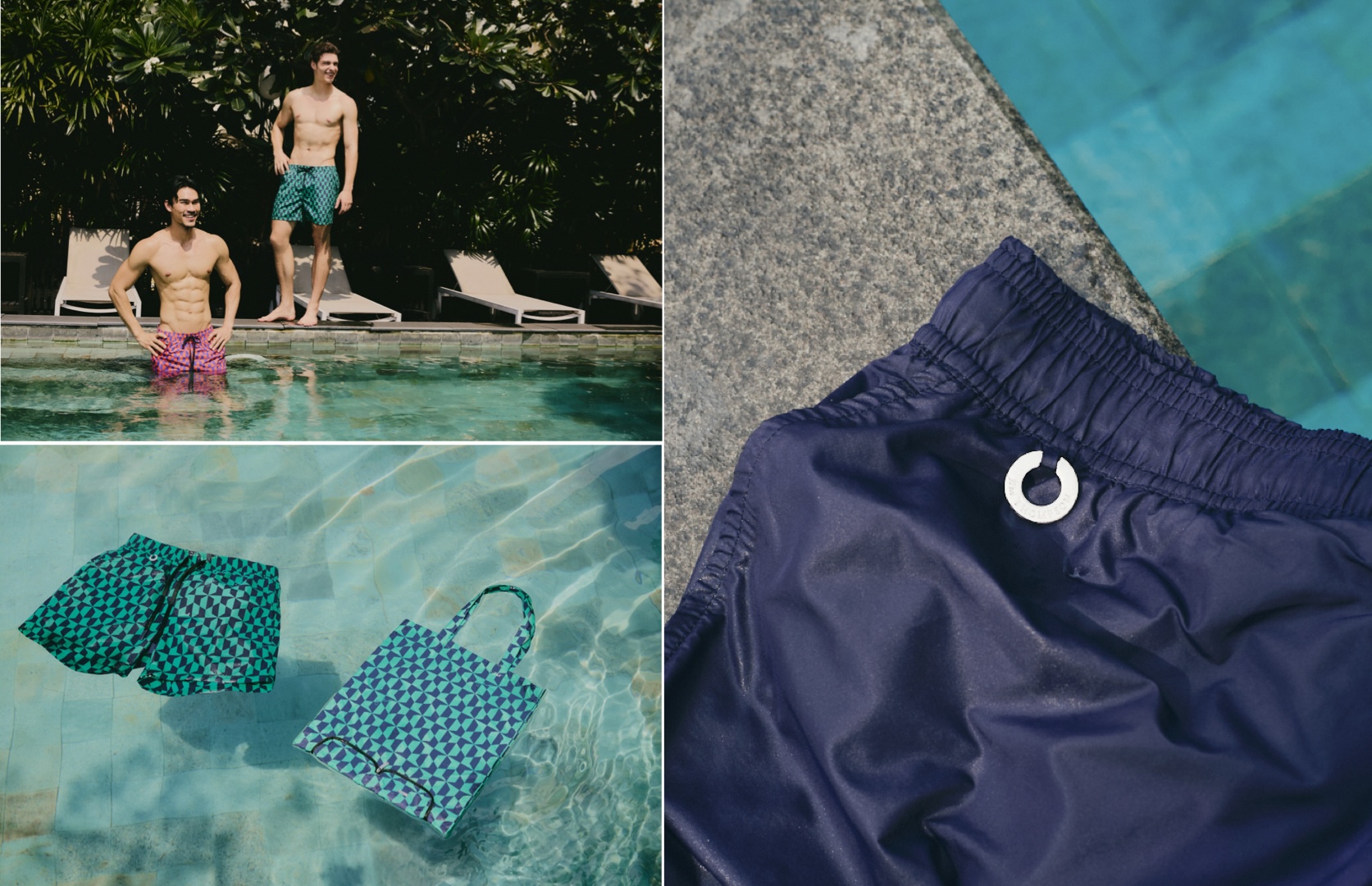
Sustainable production processes extend to using natural dyes from food waste, such as coffee grounds or beetroot, to reduce the impact of synthetic dyes. Waterless dyeing technologies further decrease water usage and pollution during manufacturing. These innovations appeal to brands looking to differentiate themselves environmentally. Finally, 3D printing in fashion is advancing rapidly, enabling designers to create garments, footwear, and accessories from sustainable materials like bioplastics and recycled polymers. Designers like Iris van Herpen and Balenciaga incorporate 3D printing techniques into their collections. This technology also minimises waste during production, especially in the footwear industry.
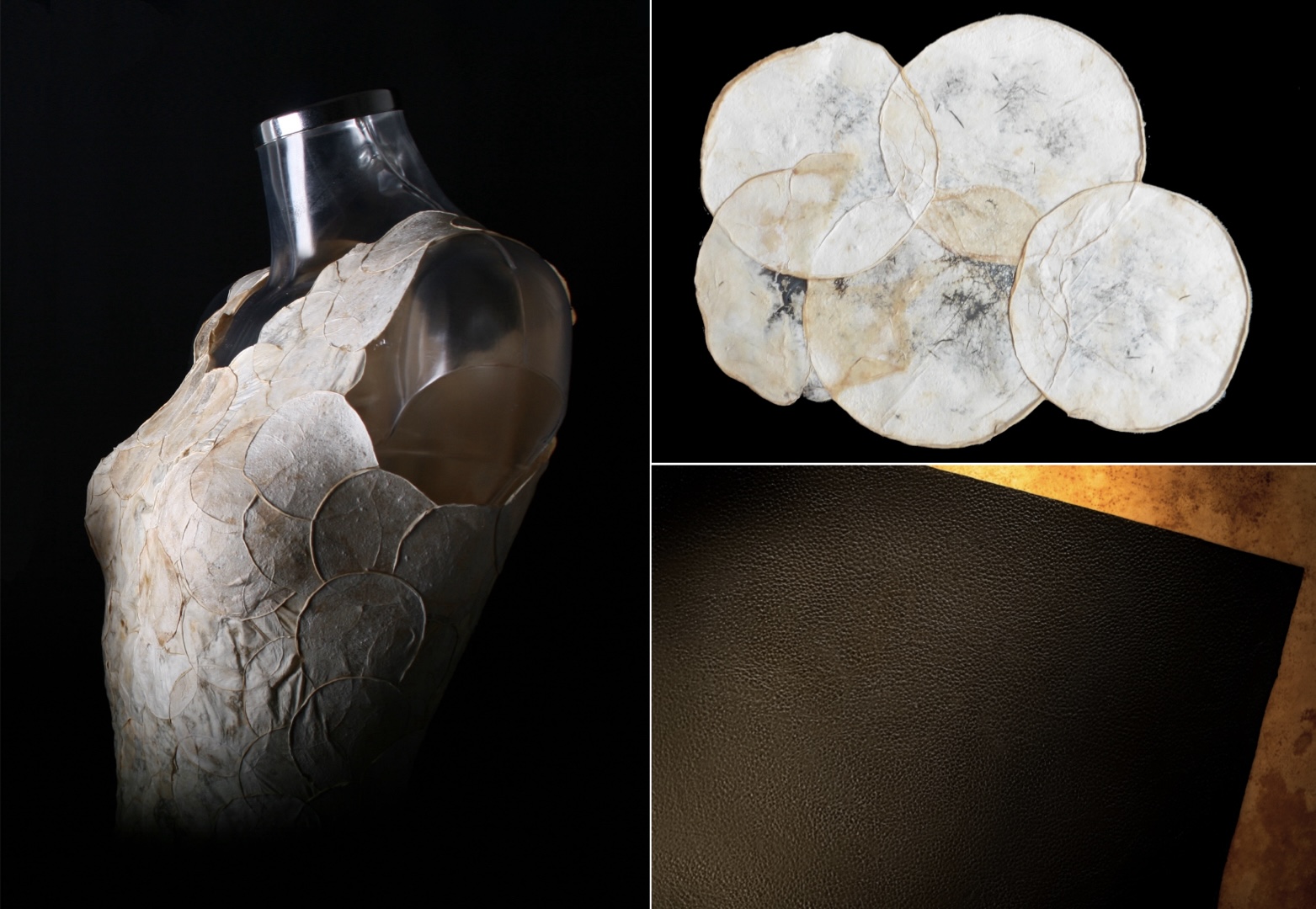
However, the story of technological innovation is not confined to international or global brands alone. Recently, Jim Thompson, Thailand’s renowned textile brand, has debuted its first-ever men's swimwear collection, featuring the groundbreaking AQUASILK® fabric. This high-performance silk-nylon blend offers an exquisitely soft and cool sensation, redefining comfort and style. Additionally, 10% of sales from every order in the AQUASILK® collection will be donated to initiatives aimed at tackling ocean plastic waste.
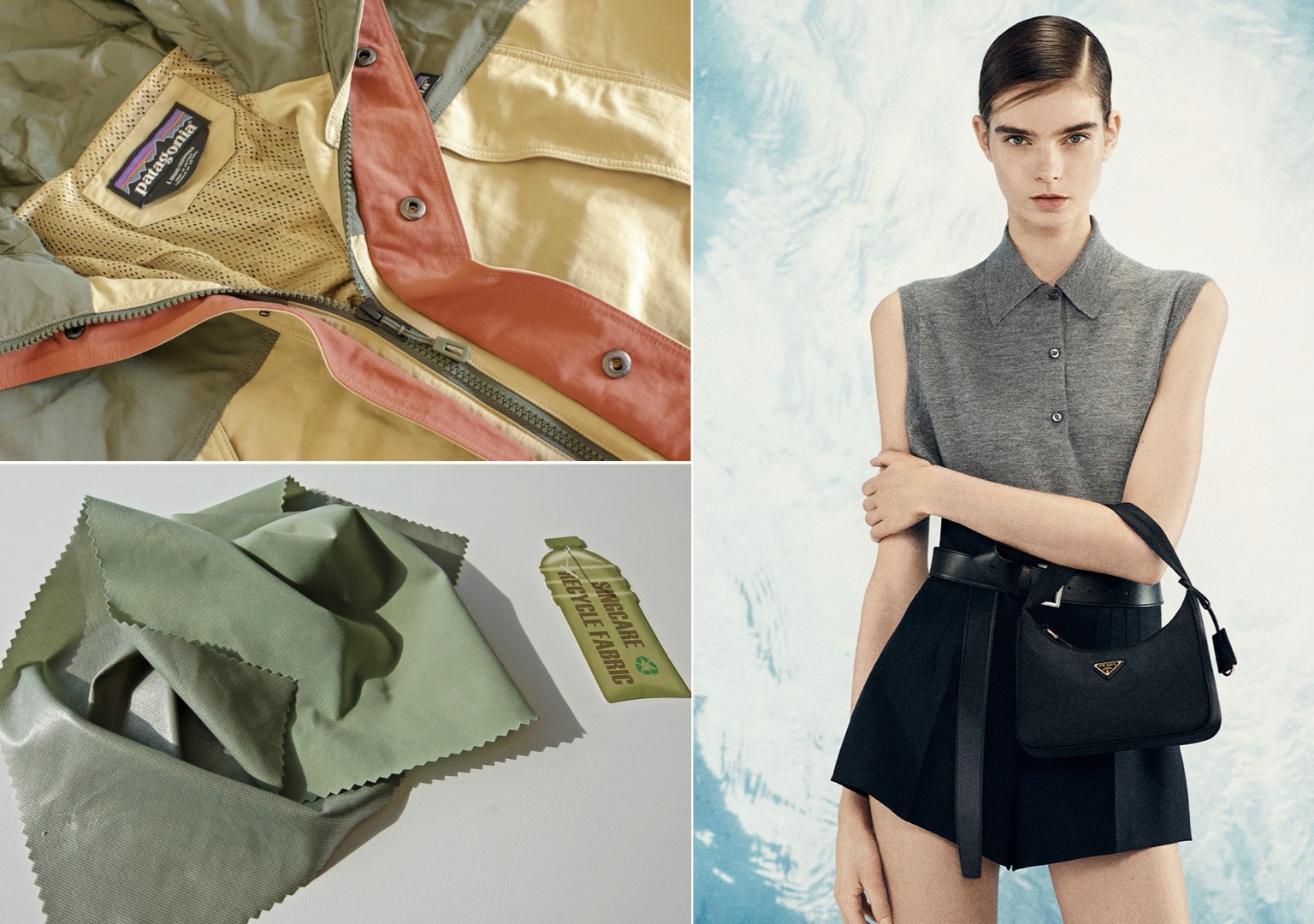
This development sets the tone for 2025, where we can anticipate an increased adoption of such materials as sustainability takes centre stage among both consumers and brands. Emerging technologies, such as digital design platforms and smart textiles, will advance further. Circular fashion, where materials are continuously reused and recycled, could bring significant change. Fashion is heading towards a future prioritising innovation, functionality, and environmental impact, offering exciting opportunities for designers and consumers alike.
Also See: Luxe Perspective with Euro Creation
























